The Lewis Chessmen
These mysterious Viking chess pieces spent centuries hidden on a remote Scottish island.
In 1831, a small wooden trove was discovered in a “kirst” (a stone tomb) on the Isle of Lewis in Scotland’s Outer Hebrides. Inside the trove were 78 figurines portraying warriors, kings, horsemen, queens, and bishops, which were later identified as chess pieces and attributed to Viking artisanry.
A 12th-century artisan carved these pieces from Walrus tusk ivory and whale teeth. They were then brought by raiders or merchants to Lewis. Where the Lewis chessmen were originally made remains an enduring mystery due to the fact that Viking settlements peppered much of Scandinavia and the British Isles at this point in history.
Some scholars have suggested the chess pieces were carved in Iceland, while others argue they likely came from Dublin, Ireland. However, the most widely accepted theory is that they were made in Trondheim, Norway.
The artisan who carved the chessmen was an exceptionally talented craftsperson with an eye for fine details. Every piece is unique in possessing singular features and expressions. Some portray berserkers gnawing on their shields in anticipation of battle while others show the likeness of warriors and horsemen. Here, too, are melancholy looking queens, stout bishops, and sword-wielding kings. Such iconic pieces stir the imagination, and it isn’t hard to imagine Vikings occupying their time by playing endless games of chess, drinking tankards of ale in longhouses, and no doubt waiting out the worst of the winter before embarking on raids.
Chess was originally invented in ancient India, but had become a popular game in the Dark Ages and medieval Europe after the Moors introduced it to the continent. The Vikings were particularly fond of this game because of its focus on stratagems which was seen as a useful real-world skill to develop for battles where strategic thinking often made the difference between life and death.
However, the owner of this fantastic chess set who probably buried it to prevent theft and expected to dig it upon their return was sadly neither to unearth this priceless treasure nor to play another game in the longhouses of Lewis. The trove he left behind was never reclaimed and lay forgotten in the dunes under a layer of sand until its accidental discovery in the early 19th century.
Today, you can see the enigmatic Lewis Chessmen in the fantastic British Museum, the National Museum of Scotland, and in Lews Castle. Harry Potter fans will also spot a replica of this iconic set in the film Harry Potter and the Sorcerer’s Stone.
Know Before You Go
The chess pieces are on permanent display at the British Museum (unless they are on temporary loan for exhibitions in other museums, check the website for further information) and can be found in the "Medieval Europe 1050-1500" gallery. The British Museum is open daily from 10 a.m. to 5:30 p.m. and from 10 a.m. to 8:30 p.m. on Fridays. Entrance is free.

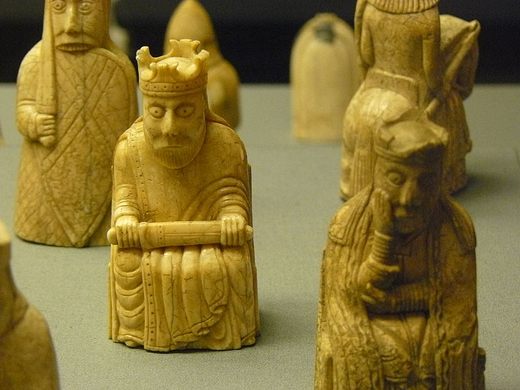


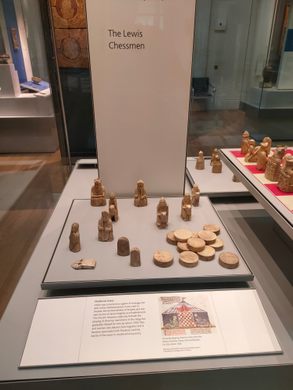


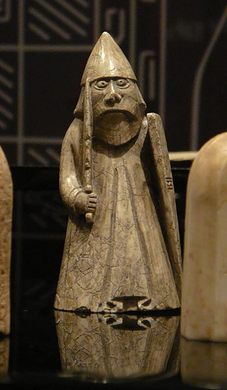

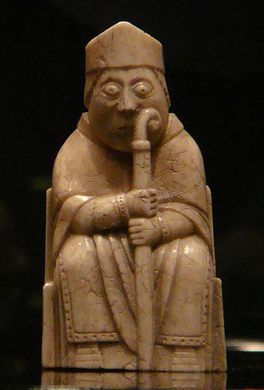
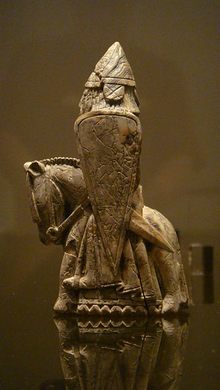
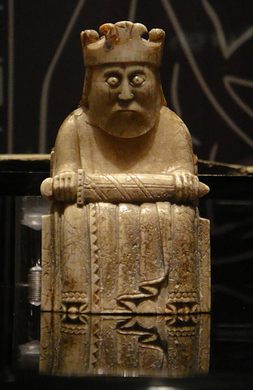
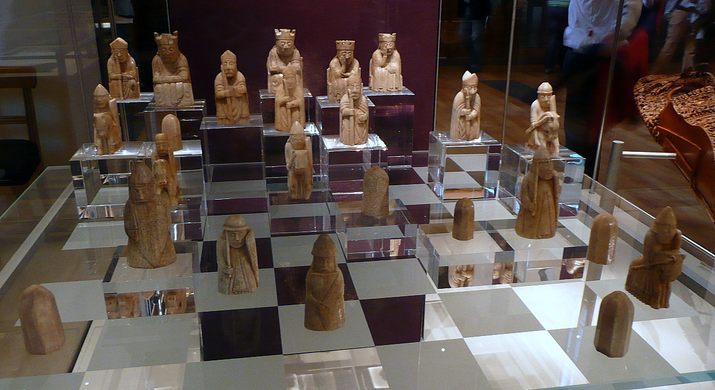























Follow us on Twitter to get the latest on the world's hidden wonders.
Like us on Facebook to get the latest on the world's hidden wonders.
Follow us on Twitter Like us on Facebook